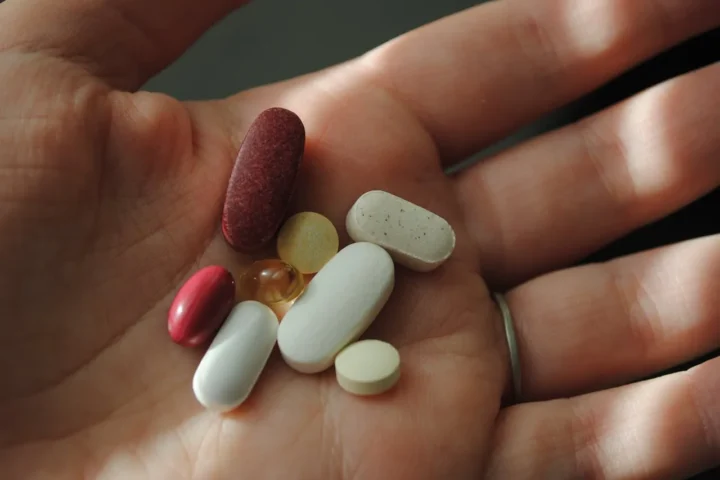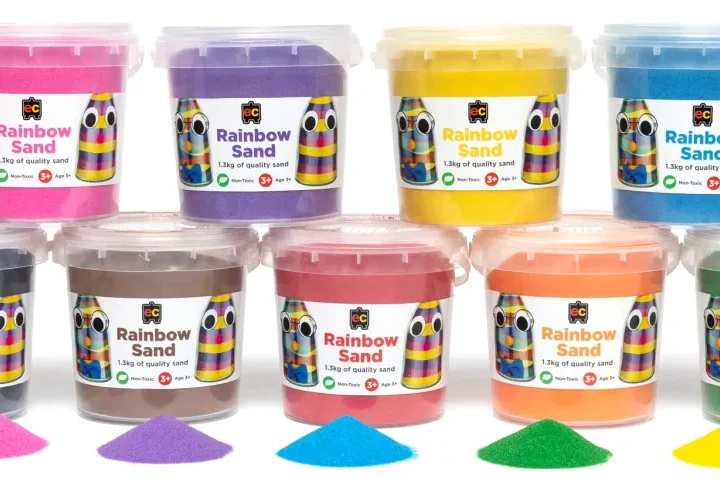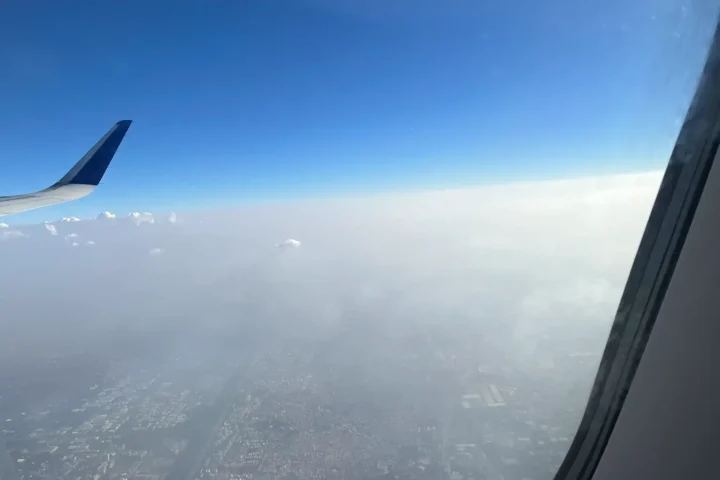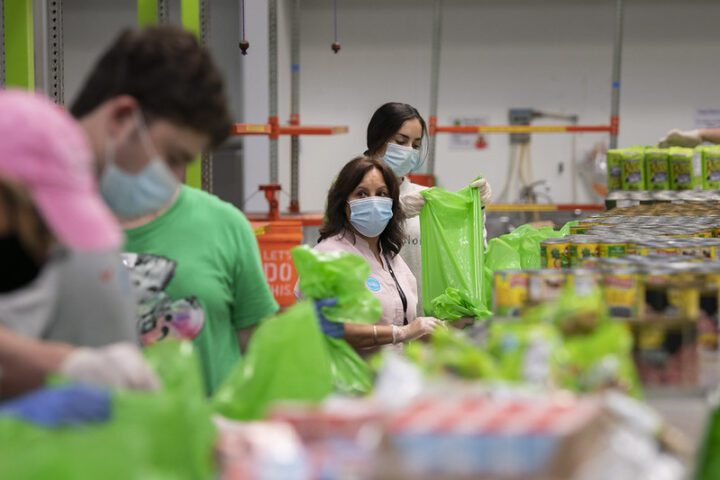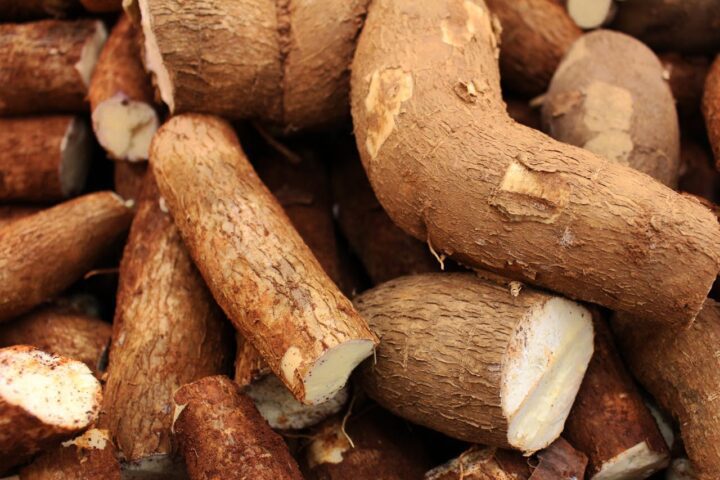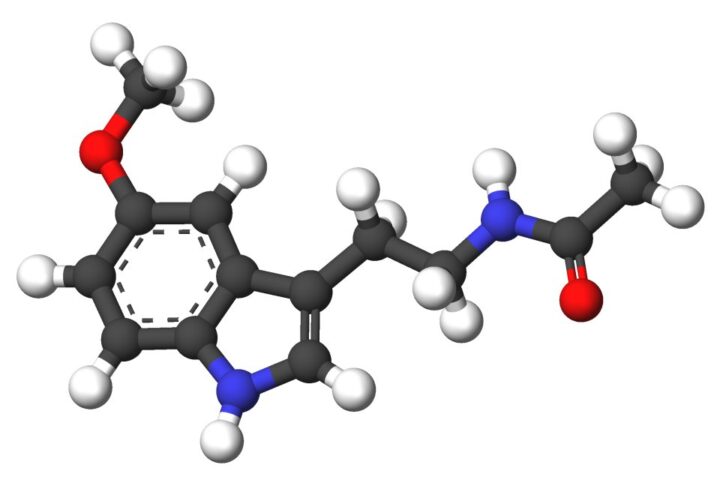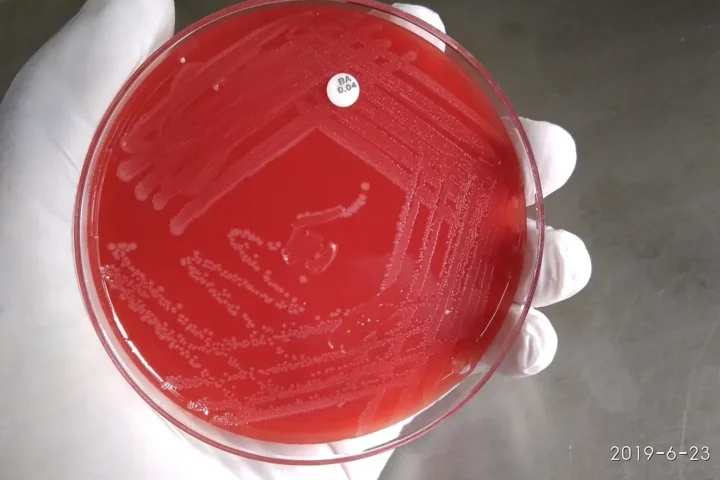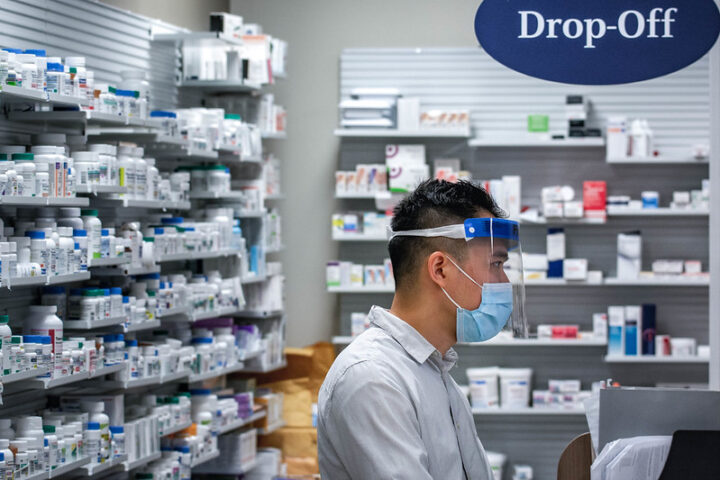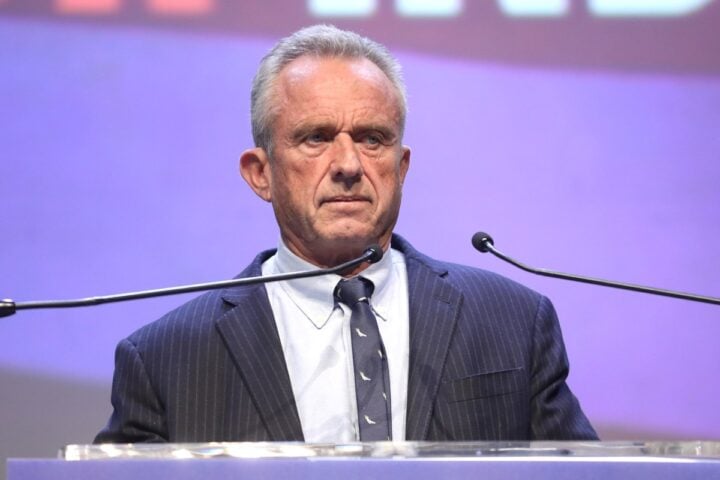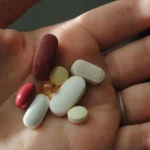Mumbai Air Quality Crisis
GRAP-4 Implementation Tracker | Real-time Status for MMR Region
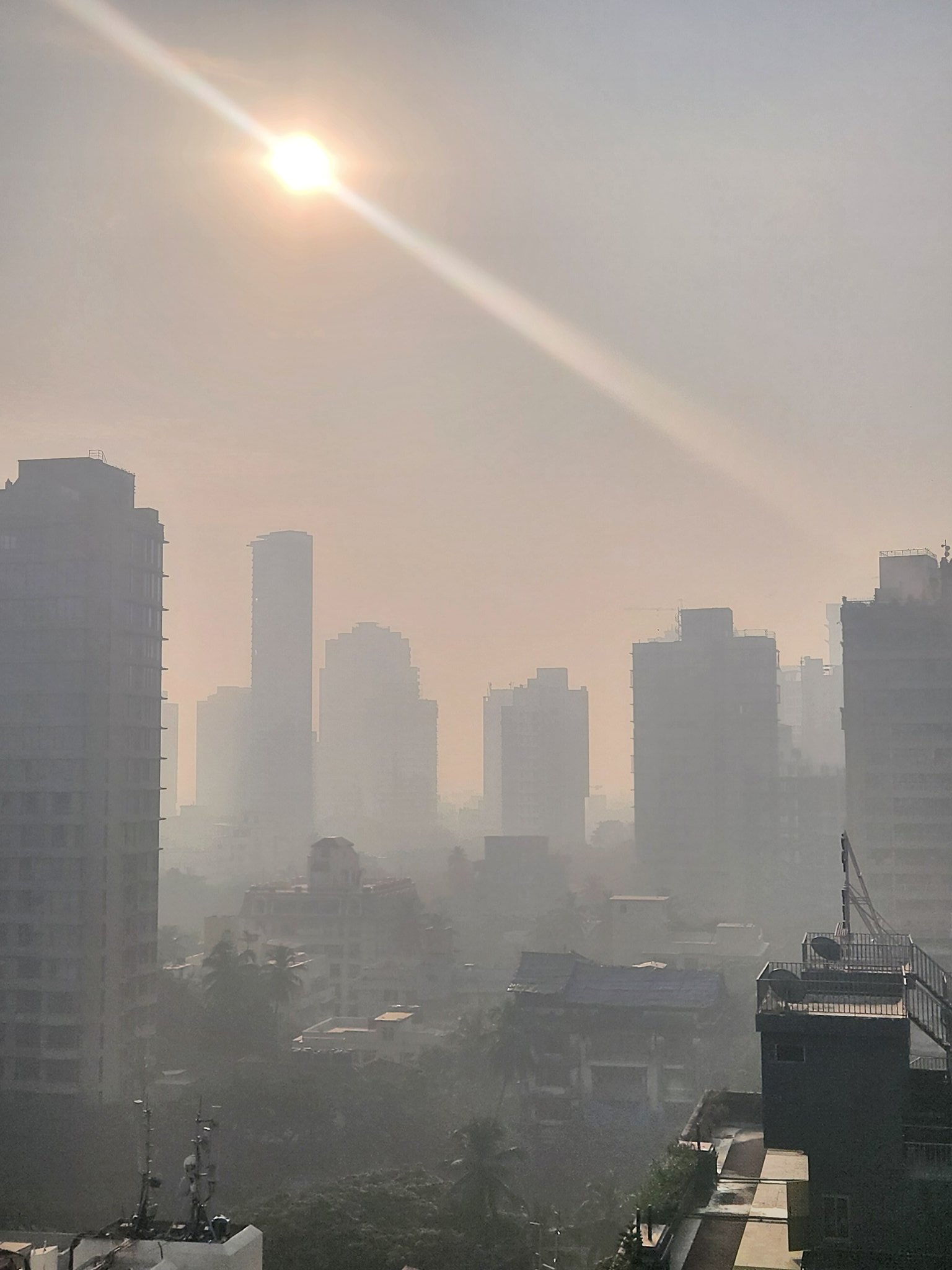
Mumbai Metropolitan Region Faces Air Quality Emergency
The Mumbai Metropolitan Region is experiencing a significant air quality crisis as Central Pollution Control Board (CPCB) monitoring stations record consistently poor air quality readings across multiple areas. The Brihanmumbai Municipal Corporation (BMC) has activated ward-level Graded Response Action Plan (GRAP-4) enforcement measures in response to deteriorating conditions.
According to real-time air quality data from official monitoring networks, several key areas including Mazgaon, Chakala-Andheri East, and Borivali East have recorded Air Quality Index (AQI) values exceeding 200, placing them in the “Poor” category under CPCB standards. This has triggered targeted interventions including construction site notices and enforcement squad deployment.
The air quality crisis affects over 20 million residents across the Mumbai Metropolitan Region, with World Health Organization studies linking such pollution levels to increased respiratory and cardiovascular health risks, particularly among vulnerable populations including heart patients, elderly individuals, and children.
Live Air Quality Index (AQI) – November 26, 2025
GRAP-4 Enforcement Actions Across Mumbai
The Brihanmumbai Municipal Corporation has issued GRAP-4 notices to 59 construction sites and ready-mix concrete plants across multiple wards where air quality readings consistently exceed 200 AQI. Flying squads comprising two engineers and one police personnel have been deployed across all 26 wards to monitor compliance with dust control measures.
Municipal Commissioner Bhushan Gagrani stated that construction activity has been halted at selected sites in Borivali East and Byculla where pollution control measures were not adequately implemented. The civic body is implementing a 28-point checklist that includes water sprinkling, site enclosures, and air quality sensor installations at construction locations.
According to Maharashtra Pollution Control Board (MPCB) guidelines, these ward-level measures represent targeted interventions rather than a single citywide GRAP-4 declaration. The enforcement focuses on areas where local air quality readings persistently exceed acceptable levels despite initial mitigation efforts.
GRAP-4 Implementation Status
Health Impact and Vulnerable Populations
Current AQI levels in the 200+ range fall under the CPCB’s “Poor” category (201-300), which indicates potential breathing discomfort for the general population and serious health impacts for sensitive groups including those with heart conditions, lung diseases, children, and elderly individuals.
The Ministry of Health and Family Welfare guidelines recommend that vulnerable populations avoid prolonged outdoor exposure during poor air quality episodes. Residents with pre-existing cardiac or respiratory conditions should keep emergency medications accessible and monitor symptoms closely.
Mumbai’s air quality monitoring network, which includes 45 stations across the metropolitan region, provides real-time data to help citizens make informed decisions about outdoor activities. The BMC has advised residents to use public transport, avoid private vehicle usage, and refrain from outdoor burning activities during this period.
Health Advisory & Safety Guidelines
- Stay indoors during peak pollution hours (6-10 AM, 6-10 PM)
- Wear N95 or FFP2 masks when stepping outside
- Avoid outdoor exercise and strenuous physical activities
- Keep windows closed and use air purifiers if available
- Increase water intake and eat antioxidant-rich foods
- Use public transport instead of private vehicles when possible
- CRITICAL: Avoid all non-essential outdoor activities
- Keep emergency cardiac medications as prescribed and consult your doctor if symptoms worsen
- Monitor symptoms: chest pain, irregular heartbeat, shortness of breath
- Use prescribed inhalers and follow medication schedule strictly
- Contact doctor immediately if experiencing cardiac distress
- Air purification is essential: Use HEPA filters in bedrooms
- No outdoor play activities until AQI improves below 150
- Schools should implement indoor-only policies
- Watch for symptoms: cough, wheezing, difficulty breathing
- Increase vitamin C intake through citrus fruits
- Use child-friendly N95 masks for necessary outdoor trips
- Consider air purifiers in children’s rooms
- Minimize outdoor exposure completely
- Monitor chronic conditions closely: diabetes, hypertension, COPD
- Keep rescue medications accessible
- Maintain social connection through phone/video calls
- Use air purifiers and humidifiers to improve indoor air
- Seek immediate medical help for breathing difficulties
Mumbai Metropolitan Region (MMR) Status
Current Status: Mumbai’s AQI has reached 221 (Poor category) as of November 26, 2025, with several areas recording AQI above 200, triggering ward-level GRAP-4 measures including construction notices to 59 sites and selected construction halts in parts of Borivali East and Byculla. The BMC has deployed flying squads for targeted enforcement rather than implementing a citywide GRAP-4 declaration.
CPCB vs WHO Air Quality Standards: The Reality Check
While Mumbai’s air quality readings appear as “Poor” under CPCB standards, the World Health Organization (WHO) guidelines reveal a more concerning picture. WHO’s 2021 guidelines are significantly stricter, reflecting the latest scientific evidence on health impacts of air pollution.
Comparison of Air Quality Categories
Mumbai Areas: CPCB vs WHO Classification
Key Insights: Why WHO Standards Matter
The Reality Gap: What Mumbai Residents Need to Know
While CPCB standards provide regulatory benchmarks adapted to Indian conditions, WHO 2021 guidelines reflect the latest global scientific evidence on health risks. Mumbai residents should consider WHO classifications for personal health decisions, especially vulnerable populations.
Mumbai’s current PM2.5 levels of 106-173 µg/m³ are 7-12 times above WHO’s recommended daily guideline of 15 µg/m³, placing residents at significant health risk according to international medical standards. The gap between Indian and WHO standards explains why residents may experience health symptoms even when local air quality is deemed “acceptable” under CPCB classifications.
International research consistently supports WHO’s stricter thresholds as necessary for protecting public health. WHO’s 2021 guidelines recommend annual PM2.5 concentrations not exceeding 5 µg/m³, based on evidence that harmful health effects can be observed down to very low concentrations.
Policy Failure Analysis: Why Current GRAP-4 Implementation Falls Short
The Problem: Mumbai, Thane, Navi Mumbai, Bhiwandi, and Kalyan-Dombivli share the same airshed – pollution doesn’t respect municipal boundaries.
Current Reality: Only Mumbai implements GRAP-4 measures while industrial emissions from Bhiwandi, MIDC Taloja, and TTC continue unchecked. This is like treating infection in one hand while ignoring gangrene in the other.
Health Impact: Heart patients in Thane face the same PM2.5 exposure (185 AQI) as Mumbai residents but receive no emergency health protection.
International Standard: WHO considers PM2.5 above 15 µg/m³ dangerous for daily exposure. Mumbai’s current 106-173 µg/m³ exceeds this by 7-12 times.
GRAP-4 Trigger: AQI >450 (roughly 300+ µg/m³ PM2.5) – waiting until pollution is 20 times WHO safe levels before emergency action.
Medical Reality: Cardiovascular events increase significantly at PM2.5 >35 µg/m³. Current policy ignores 15 years of health research.
Construction Loophole: GRAP-4 halts construction in Mumbai while Thane, Navi Mumbai continue building. Result: trucks, cement mixers, and dust simply shift 15 km east.
Industrial Bypass: Heavy industry in Bhiwandi, Taloja MIDC operates normally while Mumbai residential areas suffer consequences.
Net Effect: Zero regional emission reduction, maximum administrative theater.
Accountability Gap: Who’s Responsible?
What Mumbai Residents Deserve: Non-Negotiable Demands
The Medical Emergency Authorities Ignore
While authorities debate jurisdictions, residents breathe poison daily. Current PM2.5 levels cause immediate cardiovascular stress, lung inflammation, and increased stroke risk. Every day of delayed action means more emergency hospital admissions, more premature deaths, and higher healthcare costs that taxpayers ultimately bear.
The choice is clear: implement science-based, coordinated emergency measures now, or continue the administrative negligence that treats 20 million lives as acceptable casualties of bureaucratic turf wars.
Current Response Measures and Monitoring
The BMC continues to monitor air quality across 32 locations throughout Mumbai using real-time sensors and automated monitoring systems. Ward-level enforcement teams conduct regular inspections of construction sites and industrial facilities to ensure compliance with dust control regulations.
Citizens can access current air quality information through the CPCB National Air Quality Monitoring Programme dashboard and take appropriate precautions based on real-time AQI readings in their local areas. The municipal corporation advises residents to follow health guidelines and report any visible pollution sources to authorities.
The situation remains under active monitoring by civic authorities as weather patterns and local emission sources continue to influence air quality conditions across the Mumbai Metropolitan Region. Residents are encouraged to stay informed through official channels and prioritize health safety measures during this period of poor air quality.


